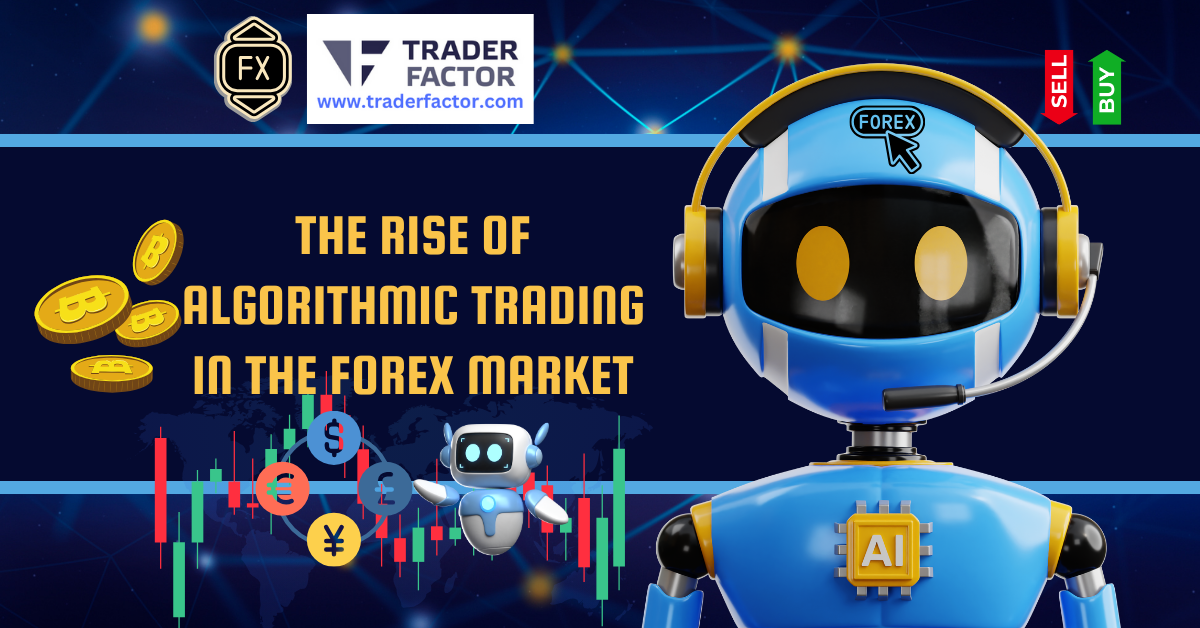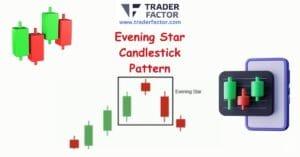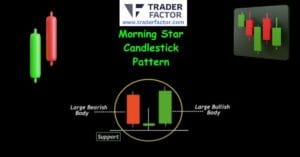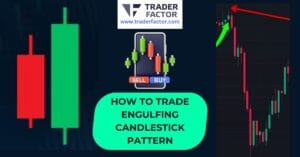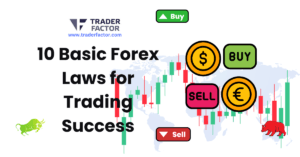Just as you’re exploring the depths of the Forex market, it’s no coincidence that algorithmic trading is making waves in this financial sea. You’ve probably noticed how these intricate computer programs, designed to buy and sell at optimal moments, are reshaping the landscape of foreign exchange trading. They’re not only making decisions faster than a blink of an eye, but they’re also eliminating the risk of human error and emotional trading. But hold on, is this automated system as flawless as it appears? We’re about to find out how this technological revolution is not without its own set of challenges and how it’s intriguingly steering the future of Forex trading.
Table of Contents
ToggleUnderstanding Algorithmic Forex Trading
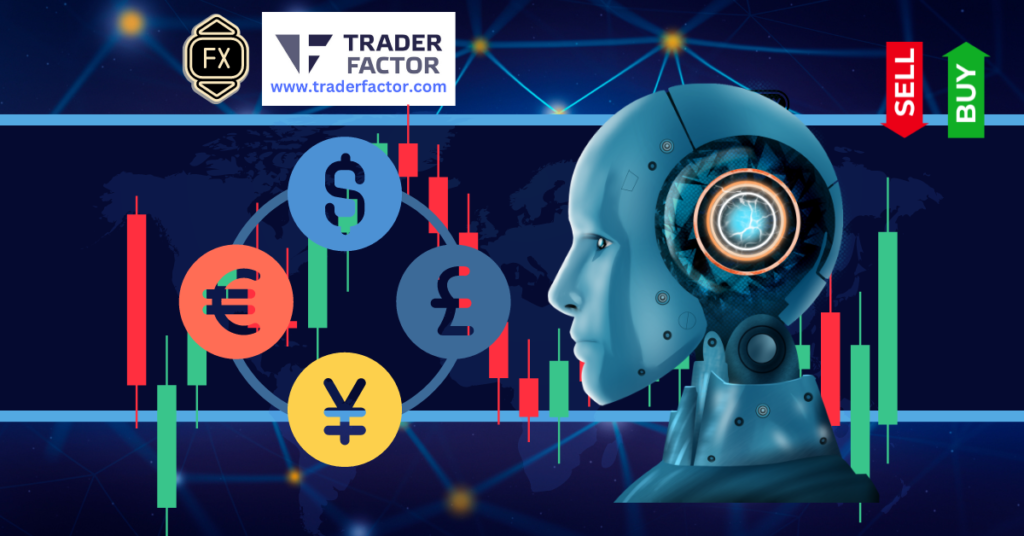
So, what exactly is algorithmic forex trading, and how does it work? Well, it’s a technique that utilizes complex computer programs for data analysis, interpreting market dynamics and making automated decisions based on specific trading strategies.
Picture this: You’re no longer spending countless hours poring over charts; instead, your computer program does the heavy lifting. It’s continuously analyzing heaps of historical and real-time data, looking for patterns and trends that could signal profitable trade opportunities. It’s a tireless worker, able to process information at lightning speed, far beyond human capabilities.

But it’s not just about speed. Algorithmic trading also brings precision to your trading decisions. It strictly follows pre-defined rules, reducing the risk of emotional and impulsive trades. Moreover, it allows for sophisticated risk management, adjusting your trading positions based on market volatility and risk tolerance.
Understanding Algorithmic Forex Trading involves you utilizing computer programs that follow a defined set of instructions (an algorithm) for placing trades. The goal is to generate profits at a speed and frequency that is impossible for a human trader.
Here’s another example using currency pairs to illustrate how algorithmic trading works in the Forex market for you.
Trading EUR/USD and USD/JPY Pairs
1. Defining the Strategy
You decide to use an algorithmic trading strategy that focuses on the EUR/USD and USD/JPY currency pairs. Your strategy involves buying the EUR/USD pair when the Euro is expected to strengthen against the Dollar and selling the USD/JPY pair when the Dollar is expected to weaken against the Yen.
2. Setting the Rules
For the EUR/USD pair, your algorithm might include rules such as:
- Buy when the 50-day moving average crosses above the 200-day moving average.
- Sell when the Euro interest rate is set to decrease compared to the US interest rate.
For the USD/JPY pair, your rules could be:
- Buy when the US interest rate is expected to rise compared to the Japan interest rate.
- Sell when the 50-day moving average falls below the 200-day moving average.
3. Programming the Algorithm
These rules are then programmed into your algorithm. Your algorithm continuously scans the Forex market for opportunities to execute these trades based on the predefined conditions.
4. Execution
When the conditions you’ve set are met for either currency pair, your algorithm automatically executes the trade without the need for manual intervention. This can include placing buy or sell orders, setting stop-loss orders to manage risk, and taking profit orders to secure gains.
5. Monitoring and Adjusting
Your algorithm also monitors the market for changes in conditions that might affect the outcome of the trades. If necessary, it adjusts the trades according to the new market conditions or the updated strategy you’ve defined.
Benefits:
- Speed: Algorithms can process vast amounts of data and execute trades within milliseconds.
- Efficiency: Trades are executed at the best possible prices without significant price slippage.
- Emotionless Trading: Algorithms stick to the strategy without being influenced by emotions.
- Diversification: You can simultaneously implement multiple strategies across various currency pairs.
By using algorithmic trading strategies for currency pairs like EUR/USD and USD/JPY, you can leverage the power of automation to enhance your trading performance, manage risks better, and potentially increase your profits in the fast-paced Forex market.
Can You Make Money With Algorithmic Trading?
Making money through algorithmic trading can seem like a formidable challenge, yet with the right strategy and mindset, it’s entirely achievable.
Let’s delve into some key concepts with examples to better understand how one can potentially reap profits from algorithmic trading.
Key Takeaways on Making Money with Algorithmic Trading
1. Possibility of Profit: Picture utilizing a computer program that carries out trades on your behalf based on a predefined strategy, such as buying when the 50-day moving average exceeds the 200-day moving average. This simple momentum strategy exemplifies how algorithmic trading could operate and indeed be profitable.
2. Importance of Strategy: Imagine developing an algorithm that trades based on the sentiment analysis of financial news. This strategy would involve scraping news websites, applying natural language processing to understand market sentiment, and executing trades based on this analysis. The effectiveness of this approach hinges on its ability to accurately interpret news sentiment and predict its impact on market movements, underlining the importance of a solid, backtested trading strategy.
3. Understanding Risk: Consider the approach of allocating only a small percentage of your trading capital to any single trade and diversifying your algorithm to trade across various markets or instruments. Also, employing stop-loss orders to minimize potential losses is a prudent risk management tactic. This strategy showcases the significance of understanding and managing risks in algorithmic trading.
4. Technical Knowledge: Suppose someone has programming skills in Python and creates an algorithm to detect arbitrage opportunities across different cryptocurrency exchanges. This technical proficiency allows for the automation of trades at a speed unattainable by manual trading, emphasizing the need for technical knowledge in this field.
5. Capital Requirements: Starting with a certain amount of capital, say $10,000, allows you to experiment with different strategies without overly risking your finances on any single trade. It’s essential to remember that while more capital might offer a cushion against losses, trading within one’s financial means is crucial.
6. Persistence and Learning: Envision starting with an algorithm that initially doesn’t perform as expected, possibly due to overfitting to historical market data. However, by continuously refining the strategy and incorporating new data, it’s possible to develop a more robust system that performs well in real-time markets. This scenario highlights the necessity for persistence and the willingness to learn from both successes and failures.
Algorithmic Trading’s Impact on Market Volatility
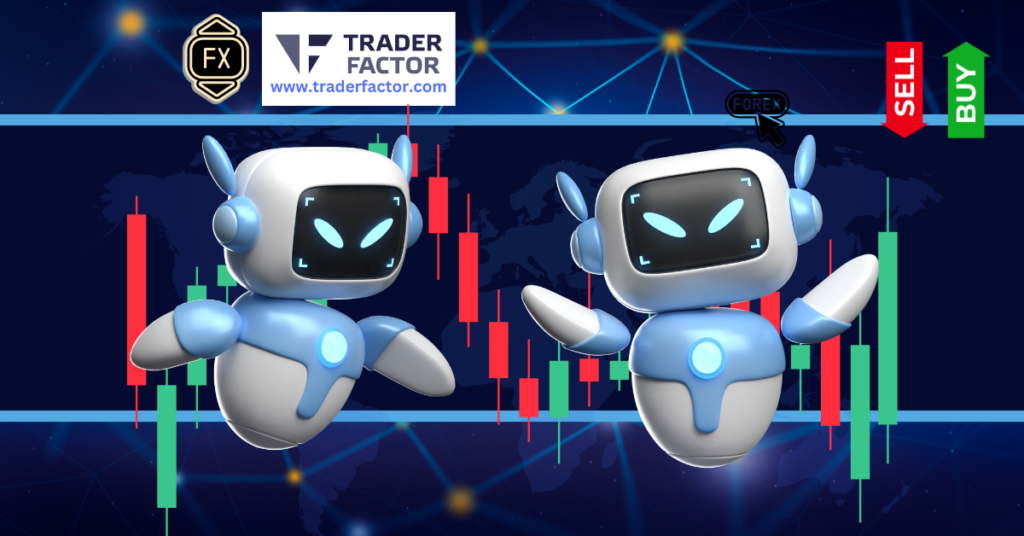
While algorithmic trading undoubtedly brings precision and efficiency to your forex transactions, it also has a significant impact on market volatility. As trading algorithms crunch numbers at lightning speed, they respond to market dynamics instantly, causing price fluctuations. These rapid buy or sell decisions can amplify market volatility.
However, this doesn’t have to be a cause for alarm. With volatility comes opportunity. Sharp price movements can create profitable trading scenarios if managed correctly. That’s where volatility management and risk mitigation come into play. By setting predefined parameters for trading algorithms, you can limit your exposure to unexpected market swings, effectively mitigating risk.

Moreover, algorithmic trading can help you navigate this volatility. These systems analyze market trends and execute trades based on the data, reducing the likelihood of costly human errors. By using algorithms, you’re not just reacting to market changes; you’re anticipating them. They allow you to stay ahead of the curve, turning market volatility from a potential risk into a tangible opportunity.
Efficiency Boost From Algorithmic Trading
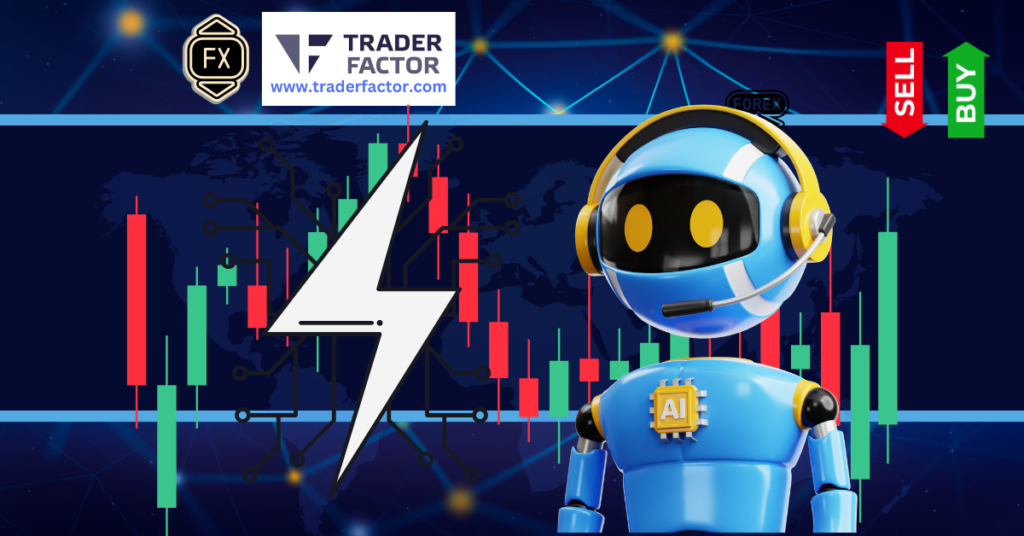
In the fast-paced world of forex trading, algorithmic trading is your secret weapon for boosting efficiency and maximizing profits. With algo efficiency, you’ll find that your trades are executed faster and more precisely, adapting swiftly to market dynamics.

Let’s dive deeper into the benefits:
| Benefit | Explanation | Impact |
| Algo Efficiency | Algorithms execute trades faster and more accurately than humans. | Informs trading strategies and enhances decision-making. |
| Market Dynamics | Algorithms adapt quickly to market changes. | Ensures you’re always trading optimally. |
| Data Analysis | Algorithms analyze vast amounts of data instantly. | Facilitates faster trade execution and improves pricing. |
| Trading Strategies | Algo trading allows for the implementation of complex trading strategies. | Increases potential for higher returns. |
| Liquidity Enhancement | Algo trading adds depth and liquidity to the forex market. | Facilitates faster trade execution, improves pricing. |
The Future Landscape of Forex Trading
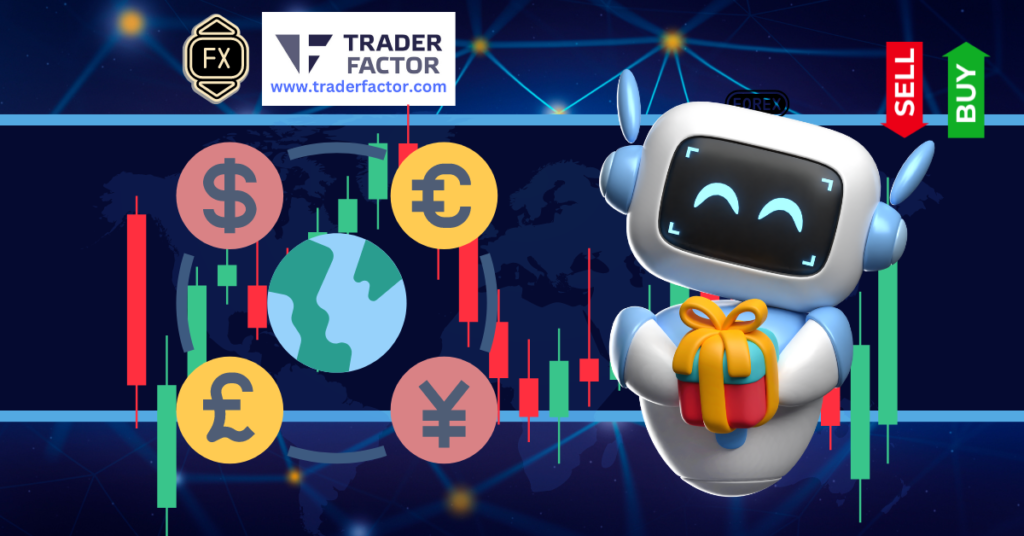
The rapidly evolving landscape of Forex trading is set to be significantly impacted by the rising prevalence of algorithmic trading. As technology trends continue to drive market evolution, trading algorithms are becoming the new norm, offering groundbreaking changes in market dynamics.
Future trends in Forex trading are likely to include: – increased adoption of algorithmic strategies – technological advancements leading to more sophisticated trading algorithms – and regulatory adjustments to accommodate this shift.
Algorithmic strategies transform how trades are executed, bringing speed, accuracy, and efficiency. As market dynamics shift, these algorithms are perfectly positioned to react and adapt, optimizing trade decisions based on real-time market data.

The latest technology trends pave the way for more complex and efficient trading algorithms. These advancements are not just reshaping the trading landscape but also making it more accessible to a broader range of traders.
Market evolution is inevitable, and Forex trading is no exception. As the industry adapts to accommodate the rise of algorithmic trading, you can expect a more dynamic, efficient, and competitive market environment. The future of Forex trading is here, and it’s algorithm-driven.
Importance of Trading Platform Selection
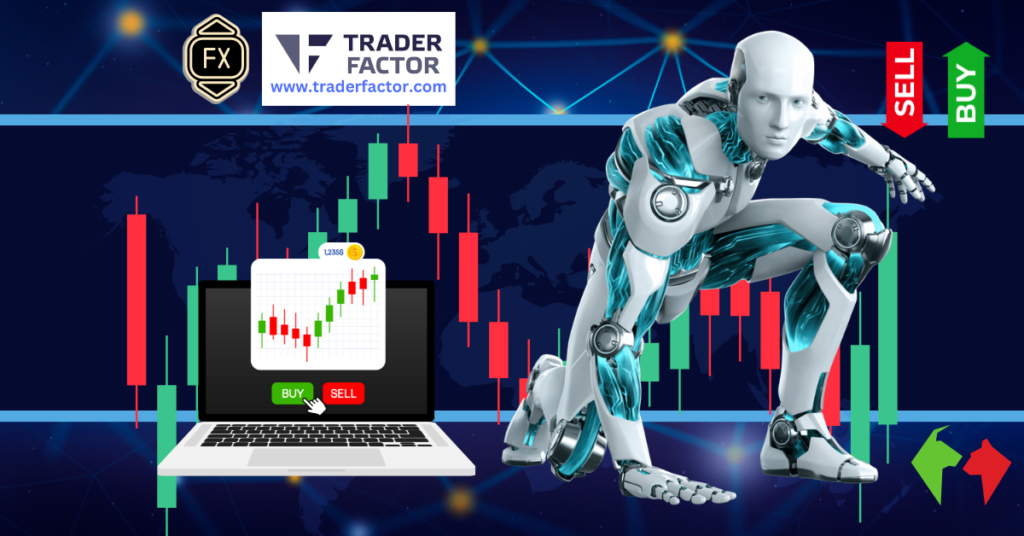
Choosing the right trading platform is crucial in successful algorithmic Forex trading. It’s not just about having a platform that can execute trades. It must integrate well with your trading strategies, offer fast execution speeds, provide data analytics, manage risk, and offer a good user experience.
| Platform Features | Why It Matters | Impact on Trading |
| Platform Integration | Seamless interaction with your algorithms | Enhances your trading efficiency |
| Execution Speed | Trade execution at a faster pace | Boosts your potential profits |
| Data Analytics | Insightful market analysis | Informs your trading decisions |
Think of your platform as the foundation of your trading venture. If it’s shaky, your trades will be too. You need a platform that seamlessly integrates your algorithms, ensuring your strategies are executed as designed.

Execution speed is equally important. Markets move quickly, and the faster you can execute your trades, the better your potential profits. Data analytics are critical for making informed trading decisions, while risk management tools help protect your capital.
Frequently Asked Questions
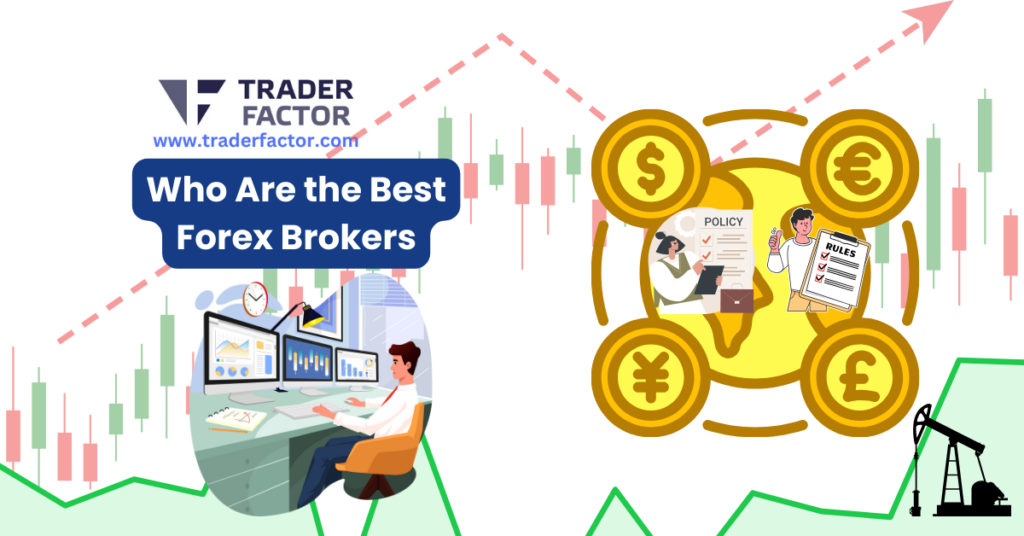
Who are the Best Forex Brokers suitable for Algorithmic Trading
Here are some recommended multiregulated forex brokers suitable for Algorithmic Trading
OneRoyal: Known for its social trading platform, OneRoyal offers a plethora of educational resources and a convenient demo account for practice.
IronFx: This broker provides a simple platform and a risk management tool, helping you to control your trading risks better.
Admirals: Admirals stands out with its exceptional customer support and a wide range of educational resources.
ActivTrades: Offers a user-friendly platform, extensive educational resources, and versatile demo accounts.
EightCap: Eightcap wraps it up with an intuitive platform, top-notch educational materials, and an effective customer support team.

What Are Some Common Strategies Used in Algorithmic Forex Trading?
In algorithmic forex trading, you’ll often see strategies like Algorithmic Scalping, High-Frequency Trading, and Statistical Arbitrage. Backtesting is important for refining these strategies. Trend Following Algorithms are also commonly used to track market movements.
How Does a Beginner Get Started With Algorithmic Trading in the Forex Market?
To start with algorithmic trading in Forex, you must select an algorithm, identify reliable data sources, understand backtesting basics, consider your broker options, and choose a suitable trading platform. It’s a learning curve, but it’s worth it.
What Are the Potential Risks Involved in Algorithmic Trading and How Can They Be Mitigated?
With algorithmic trading, you’re exposed to risks like algorithmic errors, systematic failures, and latency issues. However, proper risk management and understanding of backtesting limitations can help mitigate these risks effectively.

How Does Algorithmic Trading Affect the Liquidity in the Forex Market?
Algorithmic trading boosts liquidity in the forex market. It’s fast, impacts volatility, and improves market efficiency. As a liquidity provider, it ensures smooth trading, but remember to measure liquidity to manage risks effectively.
What Is the Role of Regulatory Bodies in Overseeing Algorithmic Trading in the Forex Market?
Regulatory bodies oversee algorithmic trading in Forex to curb market manipulation, ensuring ethical practices. They tackle regulatory challenges, enforce compliance costs, and adapt to technology advancements. You, as a trader, must stay updated on these regulations.
Conclusion
So, you’re set to navigate the exciting landscape of Forex trading powered by algorithmic methods. Remember, understanding the mechanics is key and choosing the right platform, like decodefx.com, can unlock this dynamic world. Despite challenges, the future of Forex trading holds immense potential with more sophisticated tech advancements. It’s a brave new world where algorithms rule, boosting efficiency and reducing risk. Ready to leap? The world of Forex algorithmic trading awaits.
Disclaimer:
All information has been prepared by TraderFactor or partners. The information does not contain a record of TraderFactor or partner’s prices or an offer of or solicitation for a transaction in any financial instrument. No representation or warranty is given as to the accuracy or completeness of this information. Any material provided does not have regard to the specific investment objective and financial situation of any person who may read it. Past performance is not a reliable indicator of future performance.

